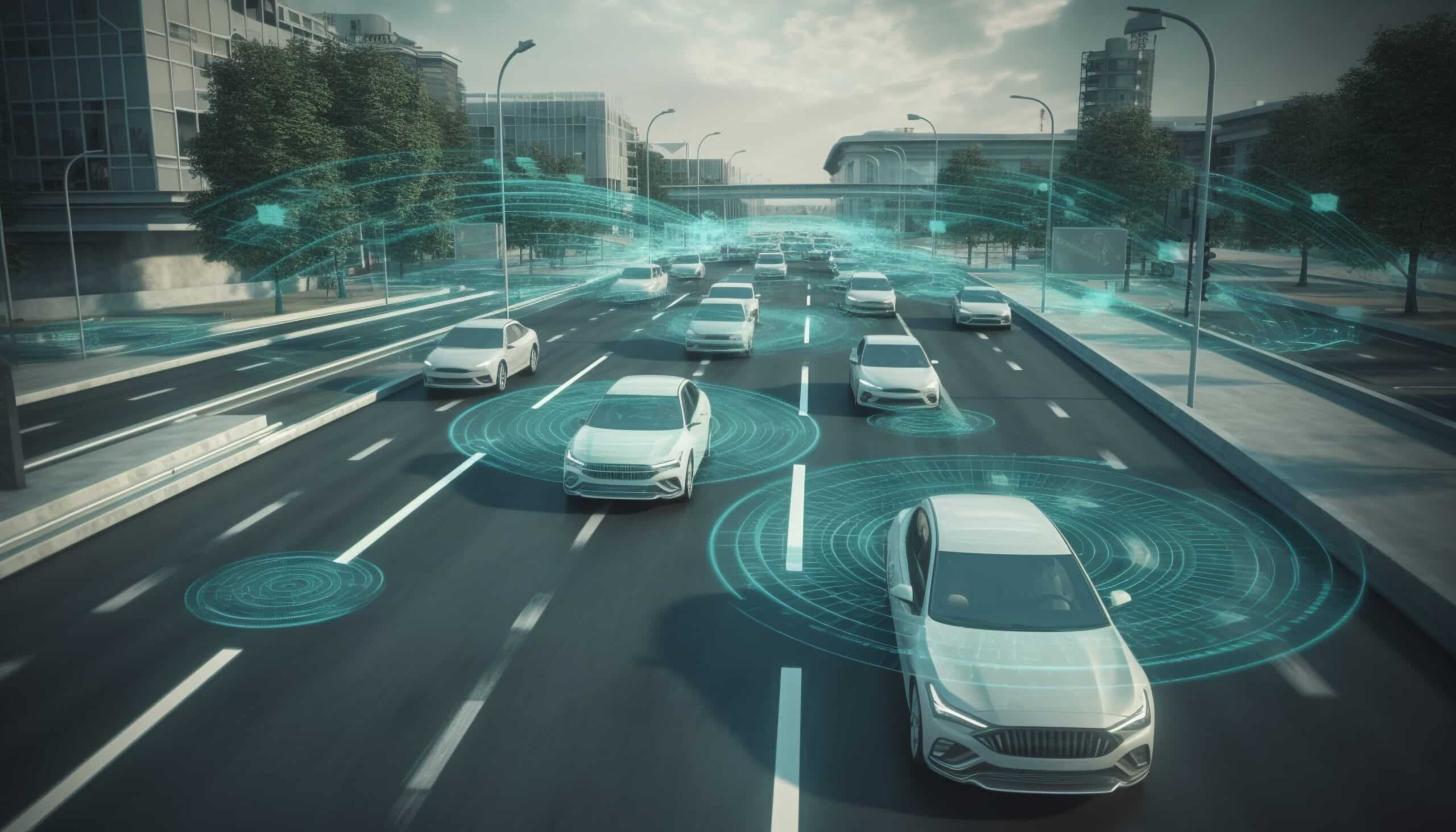
Ever noticed how your phone and smart devices are getting pickier about sharing data? Privacy is the big buzzword, and tech companies are stepping up with stricter permissions.
That’s great for individuals—we all want control over our data—but for the traditional traffic and mobility industry, it’s becoming a major headache. With less access to user-level movement data, many will struggle to deliver the same level of insight and innovation in this post-Peak GPS world. At INRIX, we’ve always taken data privacy seriously. We don’t store anything that could identify an individual driver, and our focus is on delivering real-time insights to improve road travel. We work hard to ensure data is private, secure, and—most importantly—useful.
But here’s the challenge: turning millions of tiny journey snippets into meaningful, game-changing insights. And while we’ve done a great job so far, we know there’s even more potential.
Enter AI and Foundation Models
If you’ve been following the explosion of AI, you’ve probably heard of foundation models—powerful platforms behind tools like Google’s Gemini, Anthropic’s Claude, and OpenAI’s GPT. These models started with a simple goal: predicting the next word in a sentence. But by processing mountains of data, they became something much bigger—a foundation for building cutting-edge applications.
We believe traffic data is the perfect candidate for a similar revolution.
The Traffic Data Opportunity
INRIX has decades of traffic data, deep industry expertise, and the tech know-how to push boundaries. The challenge? Traffic isn’t as straightforward as next-word prediction. It’s messy, multi-dimensional, and always changing. Congestion depends on time, location, road conditions, weather, accidents—you name it.
But that’s what makes it exciting. We’re diving into the latest advancements in AI and seeing real potential.
What’s Next?
A traffic foundation model could change the game. It could help us deliver better insights, adapt instantly to road changes, and improve coverage in more locations. The possibilities are huge—and we’re just getting started.
Stay tuned. The future of traffic intelligence is on the move.




